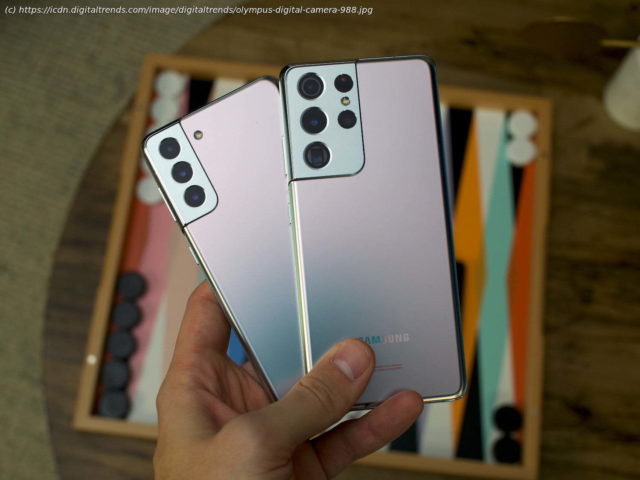The Samsung Galaxy S21 series is here, offering some of the best features on an Android phone to date. Here’s everything you need to know before you buy.
The Samsung Galaxy S21 is Samsung’s top-end phone for 2021, at least so far. With a clean design, camera upgrades, a new processor, and more, the devices in the Galaxy S21 series are so far some of the best phones of the year. They’ve proven themselves against the competition before, and they certainly could again. As you would expect from a phone launch these days, there’s more than just one Galaxy S21 model — there are three Galaxy S21 devices in total. With the standard Galaxy S21, Galaxy S21+, and Galaxy S21 Ultra, there should be something in the lineup for a wide variety of buyers, especially considering the fact that they start at $800 and will be getting discounts every now and then. Here’s everything you need to know about the new Samsung Galaxy S21 series before you buy. As mentioned, there are three Galaxy S21 models on offer, and there are some key differences and some key similarities between them. They all, for starters, offer the new Qualcomm Snapdragon 888 processor in the U.S., or the Exynos 2100 in international models. They also ship with Android 11, and the overall software experience will be identical. And all three devices support 25W wired charging,15W wireless charging, and Samsung’s Wireless PowerShare feature that allows you to charge your Galaxy Watch or Buds (or other Qi devices). Rumors indicate that another model, the Galaxy S21 FE, may be released eventually, but it likely won’t be until later in the year. We’ll dive into the differences in specs between the Galaxy S21, S21+, and S21 Ultra in the sections below, but the main reasons you should buy one over the others are display size and, perhaps, camera specs. The Galaxy S21 Ultra, as you would expect, has the largest display (6.8 inches) and largest battery (5,000mAh), but that display also has a wider range of refresh rates (10 to 120Hz), a higher max brightness, and striking curved edges. It also has the best camera thanks in part to the two telephoto lenses, which offer 3x and 10x optical zoom — the S21 and S21+ are stuck with minimal optical zoom and lean on digital zooming. The other major difference is the fact that the Galaxy S21 Ultra supports Samsung’s S Pen. While there’s no space in the phone itself to store that S Pen, and you’ll have to buy it separately, this may appeal to some power users who didn’t already jump onto a Galaxy Note. Read on for a more detailed explanation of specs and the differences between the models. The entire Samsung Galaxy S21 series was unveiled on January 14. All three devices have gotten routine discounts since their unveiling, and the latest is that they’re available starting at only $550 from Best Buy, if you’re willing to sign up for a new Verizon plan. Expect other deals to pop up regularly, and frankly, you probably shouldn’t pay full price for any of the Galaxy S21 devices. You can order the Galaxy S21 right from the Samsung website. Turns out, all the leaks were correct. The Samsung Galaxy S21 series offers a revamped design compared to the S20 from last year, and it looks pretty good. All three models offer a large camera bump that immediately draws attention to itself when you see it on the back of the phone. The way that it’s built, the camera bump is actually connected to the frame of the phone, around the edge — which is a nice touch. The camera bump on the Galaxy S21 Ultra is the largest, to accommodate for the quad camera on the device, versus the triple camera on the Galaxy S21 or Galaxy S21+. There is a wide range of new colors, but it’s all a bit confusing. The Galaxy S21 has four color options (white, pink, grey, violet), the S21+ has three (silver, violet, black), and the S21 Ultra has two (silver, black). It’s important to note that not all colors are available on all models, but there is a solid selection of colors no matter which model you go for. On the front, Samsung has slimmed down the bezels a little, but the overall look of an edge-to-edge display with a hole-punch cutout for the front-facing camera remains.






